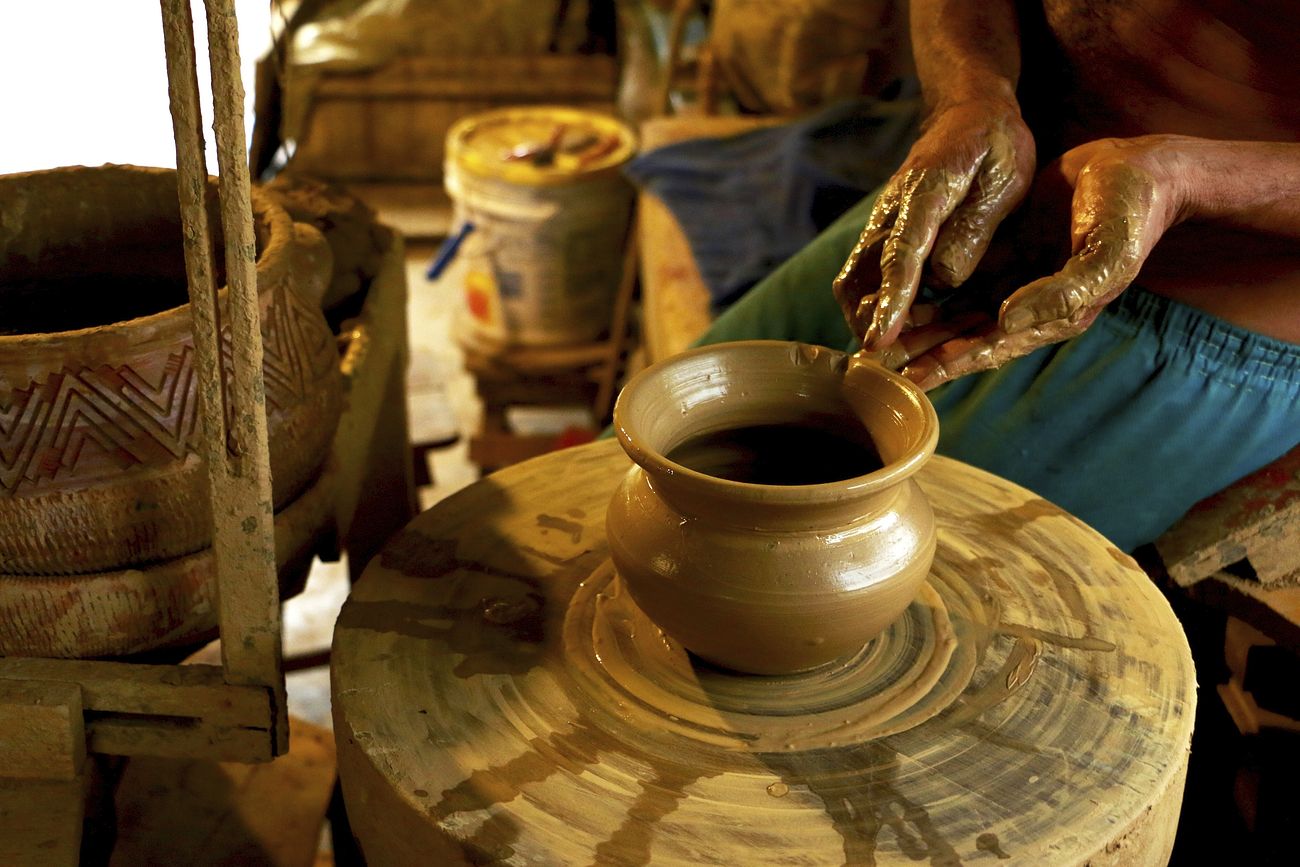Cultivating Wellness Through Clay: The Therapeutic Benefits of Pottery Practice
Interacting with clay’s responsive malleability provides natural stress relief through engaging both mindful presence and tactile senses often neglected in digital life. Exploring the documented mental, emotional, and physical health benefits derived from therapeutic pottery practice reveals its versatile value for self-care and creative growth.
Achieving Mindfulness in Process
Centering clay on the wheel fosters meditative concentration by silencing inner distraction to remain fully focused on gradual incremental shaping through touch. Rolling coils synchronizes breath with repetitive movements in a soothing mantra-like rhythm. Smoothing clay stills thoughts within sensory immediacy. Pottery pacifies minds.
Emotional Release Through Creative Action
The physical exertion of slamming clay on the wheel or aggressively kneading out inner frustrations provides healthy cathartic release of anger, anxiety, grief, and other pent-up emotions without harm. The visual results contain a metaphor for transmutation – converting destructive energy into something beautiful yet altered and vulnerable through care.
Building Self-Esteem Through Tangible Creation
Finishing ceramic works builds enormous pride and self-assurance by providing tangible evidence of one’s inherent creative abilities made concrete through persistent skill development. Lopsided mugs and handprint keepsakes regain inner childlike confidence lost through self-judgement. Pottery’s imperfections inspire rather than shame.
Recovery from Trauma and Addiction
Studies demonstrate pottery’s efficacy as therapy assisting recovery and rehabilitation for diverse conditions including PTSD, eating disorders, depression, and substance abuse disorders. The art therapy provides constructive focus during vulnerability while allowing nonverbal expression within a supportive environment.
Relief from Chronic Conditions
Clay’s tactile molding and spinning actions increase strength, flexibility, and dexterity which aids those managing arthritis, neuropathy, or motor conditions. Its standing and seated work suits varied abilities. Enhanced hand control improves functionality and retention. Pottery’s whole-body engagement addresses multiple needs.
Building Community Through Creativity
Shared studio spaces allow solitary individuals, couples, families, and groups to connect around communal artmaking activities fostering inclusion and support. Laughter and collaboration within creative sanctuary forges uplifting bonds organically. In togetherness, healing happens holistically.
Creative Occupational Therapy
Increasingly clinics and rehab centers incorporate pottery wheels, clay sculpting, and glass fusing into occupational therapy programming as engaging alternatives to repetitive tasks, aiding coordination and cognition improvements. Patients thrive on the sense of progressive accomplishment during recovery.
Tailored therapeutically, pottery provides wholesome sensory-based activities which restore inner equilibrium and emotional wellness through the grounding work of human hands mindfully shaping pliant earthen materials in community with others. The timeless medium sustains lasting well-being through ancestral creative connection.
